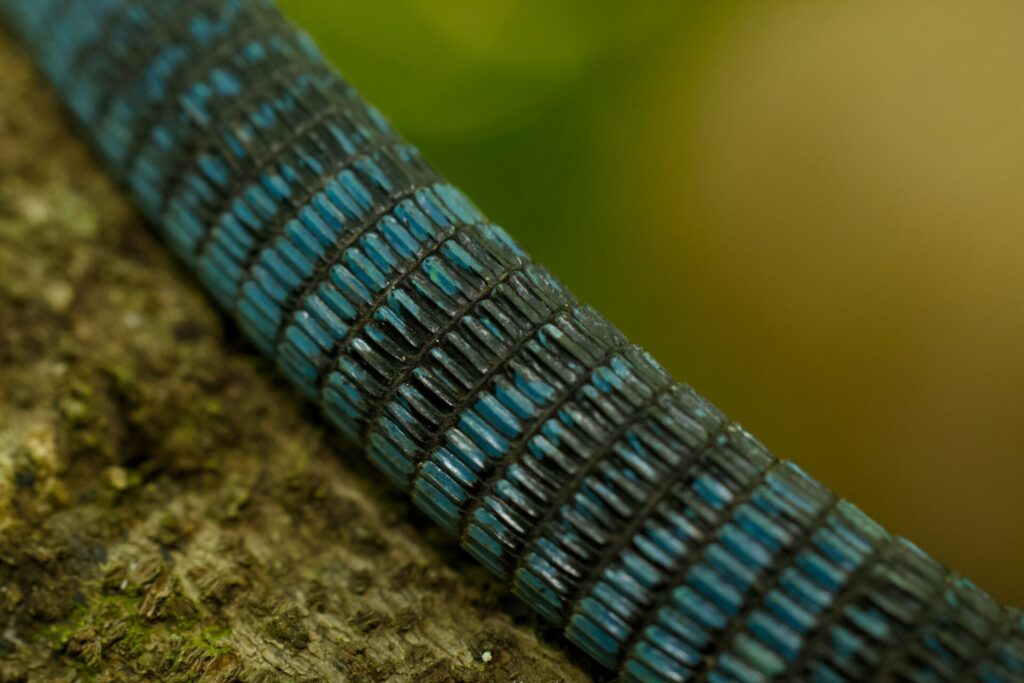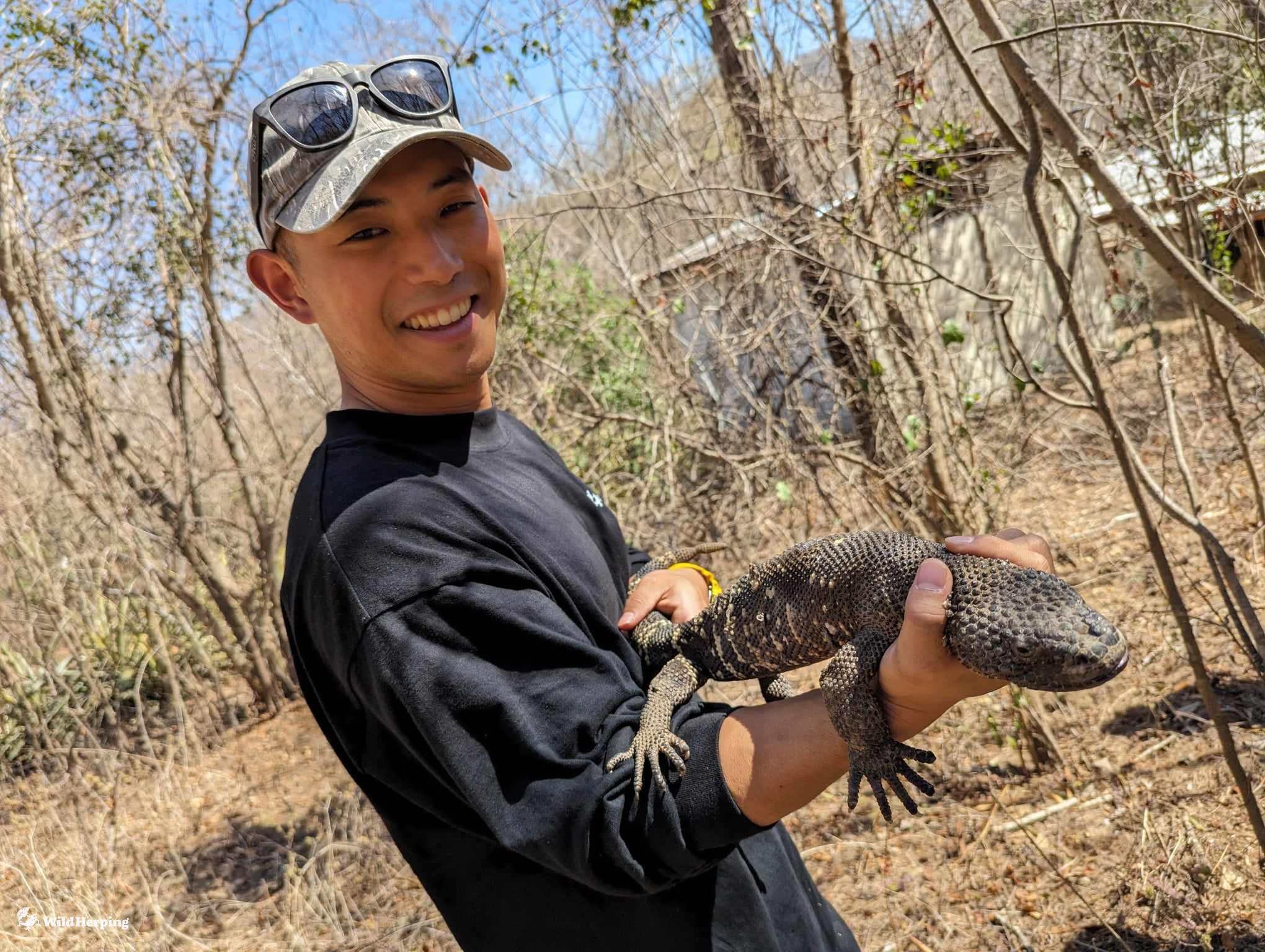This time, we went to Batanta Island in Indonesia to search for the Blue tree monitor(Varanus macraei). This species is endemic to Batanta Island and captivates reptile enthusiasts worldwide with its unbelievably beautiful appearance. Although their numbers have decreased, they were once heavily collected for the pet trade, making them extremely rare today. Listed on the IUCN Red List, we set out to capture images of these monitors in the wild before they face serious risk of extinction.
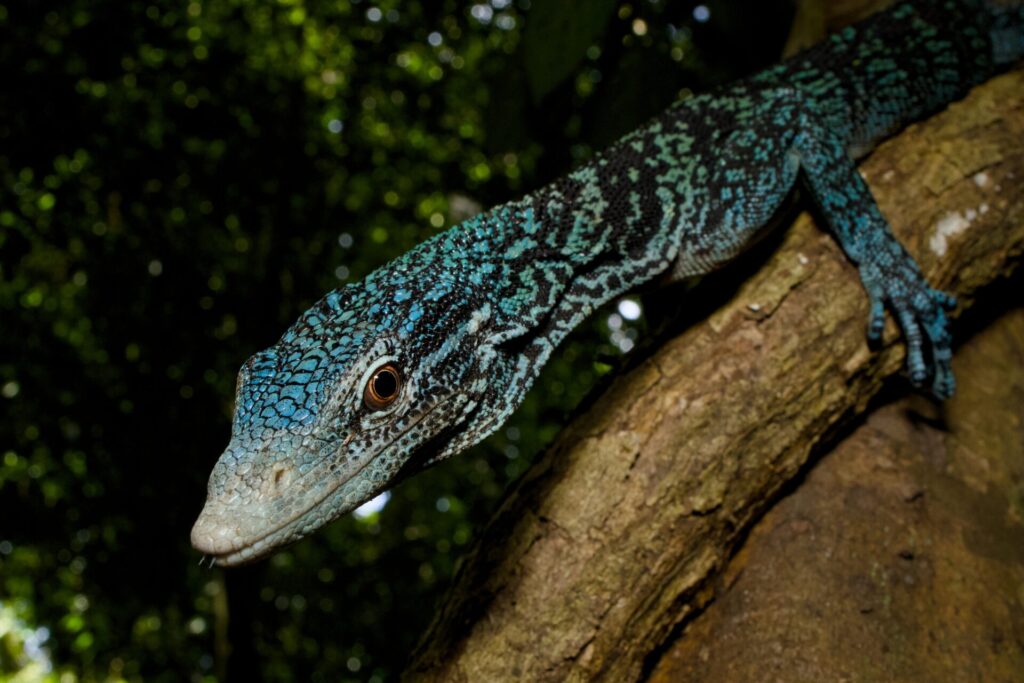
About Batanta Island
Batanta Island, part of the Raja Ampat Islands in Indonesia, covers approximately 479 km² and rises to a maximum elevation of 1,184 meters. The island has a complex geology with intermingled metamorphic rocks, and its karst landscapes have been shaped by erosion, forming caves and limestone formations. As of mid-2024, the island’s population is around 4,000, with only a few small villages and low-density communities. Life is traditionally centered, with minimal modern development, relying on fishing, hunting, and natural resources. For this expedition, we obtained permission from local landowners and conducted camping-based wild observation (herping).

Environmental Conditions
Our stay lasted four days and three nights. Nighttime temperatures were around 25°C, while daytime activity temperatures reached approximately 35°C. Humidity in the forest remained near 99%, making it extremely uncomfortable for humans, with constant perspiration even at rest.
Habitat
For this survey, we collaborated with a local former hunter who previously captured monitors for the pet trade but is now involved in conservation. According to him, Blue Tree Monitors are usually found about 5 meters above the ground in trees, moving along thin branches in search of prey. Observing them is limited to roughly three hours each day when temperatures rise. Their habitat is close to water, typically about 30 meters inland from the sea, and navigating the steep terrain and cliffs of Batanta Island makes exploration very challenging.
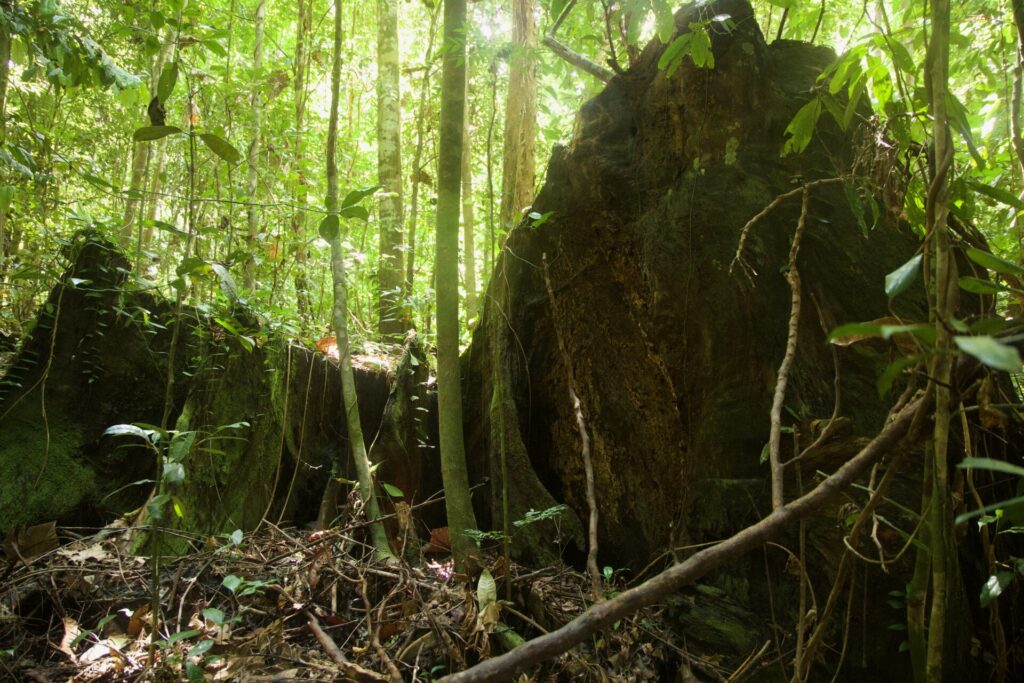
Search Method
Searching involves constantly looking upward in the dense jungle, which is not easy. Sound serves as an important clue, as the monitors’ movement along thin branches produces snapping noises and rustling leaves. They are sensitive to human footsteps, so we moved quietly, carefully observing above and listening for sounds.
Observations
During four days of searching, we located one individual. Although we could not photograph it, we observed it briefly holding and releasing a large insect, giving insight into its feeding behavior. The former hunter mentioned witnessing them preying on stick insects, skinks, and snakes, though such observations are rarely recorded.
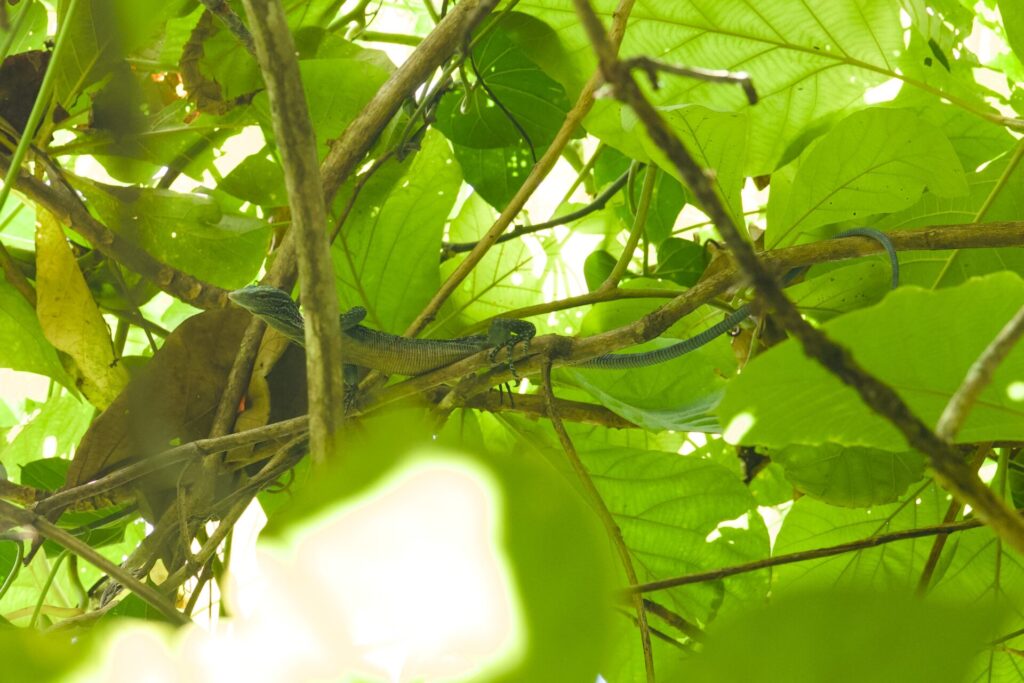
At night, we observed many large insects, geckos, and snakes suitable as prey. The monitor’s belly is reddish, providing excellent camouflage when viewed from below. Its claws are sharp and unsuitable for terrestrial movement, so it rarely descends to the ground. Breeding is thought to occur in tree hollows, though no confirmed records exist; we plan to investigate further during the next breeding season.
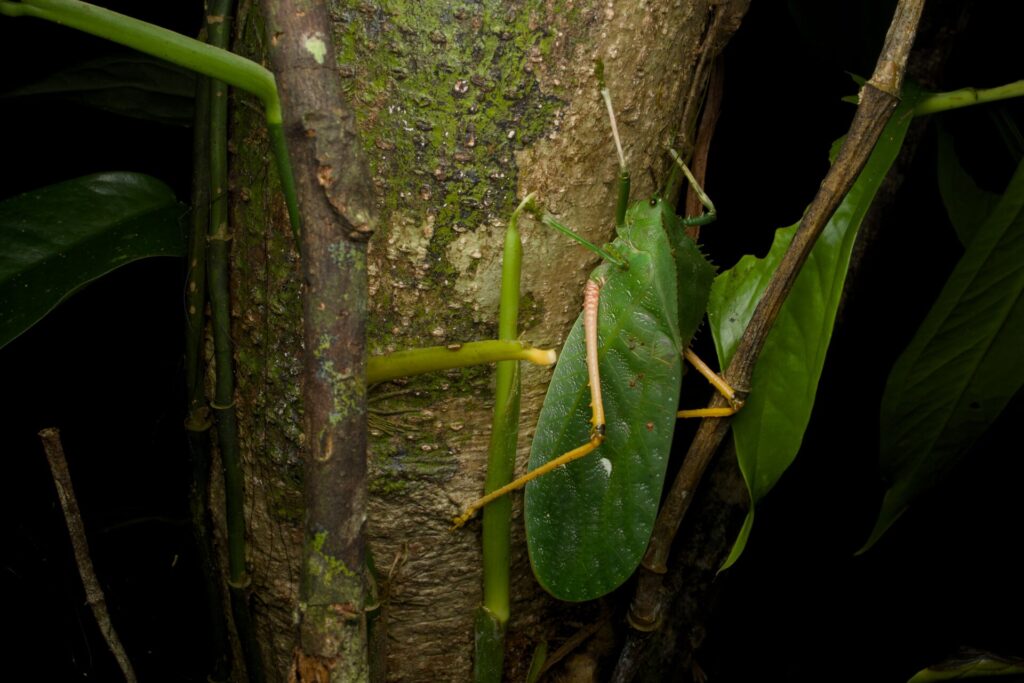

Forest Impressions
The forest is covered with vines similar to those sold in reptile shops. Due to frequent rain, fallen trees are common, and large trees are relatively few. Observing wildlife on Batanta Island is physically demanding but offers a profound experience of nature.
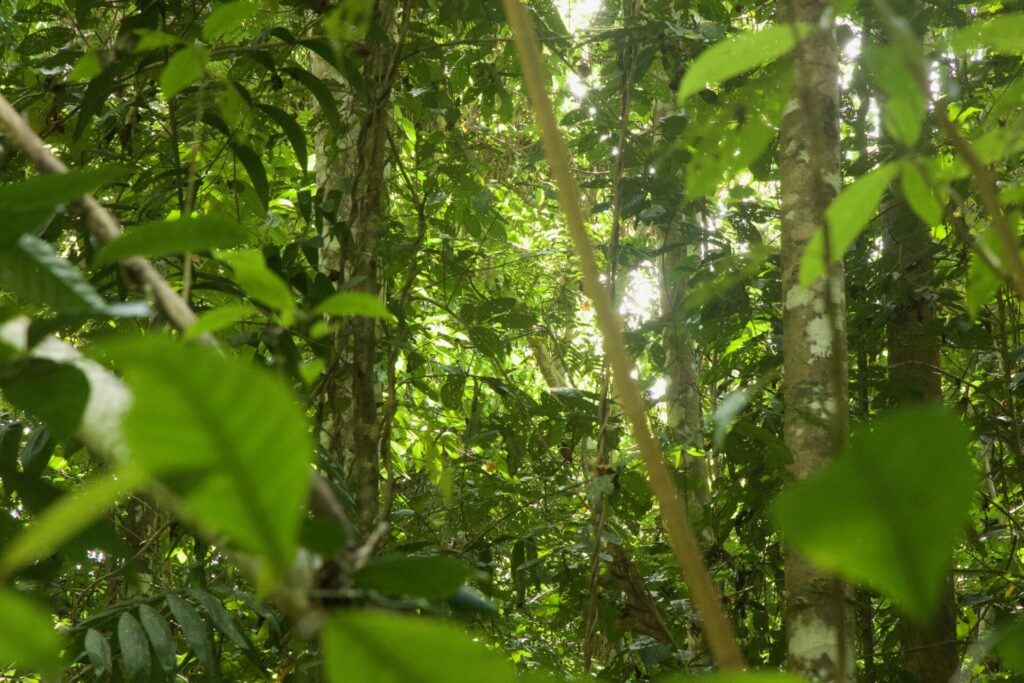
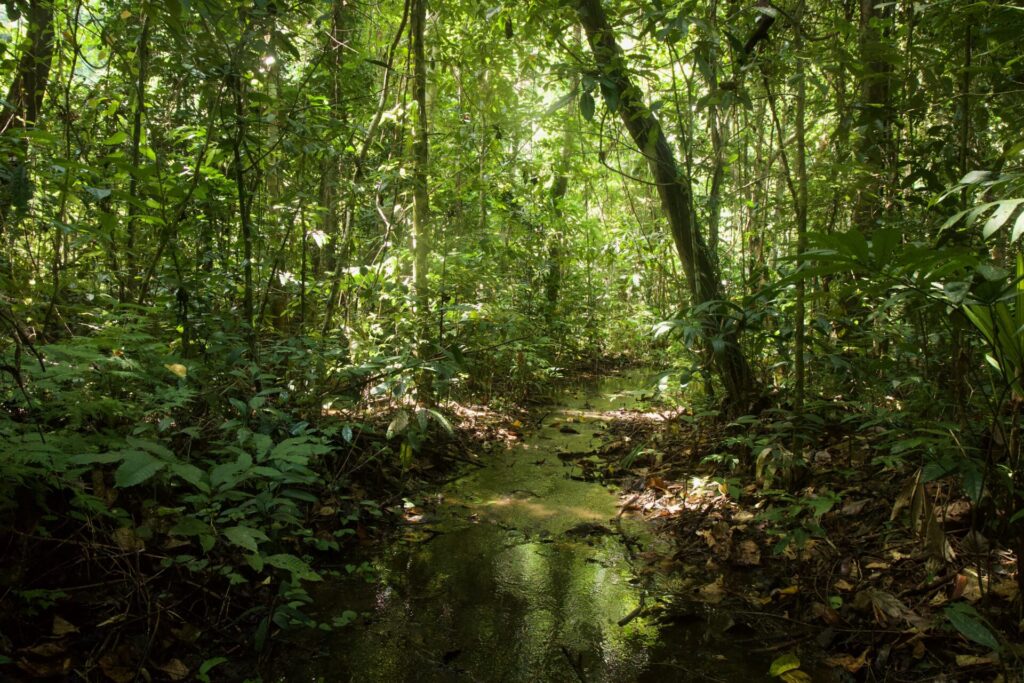
Summarizing four days of experiences is challenging, but if you have any questions or want to know more, please leave a comment. Thank you for reading until the end.
